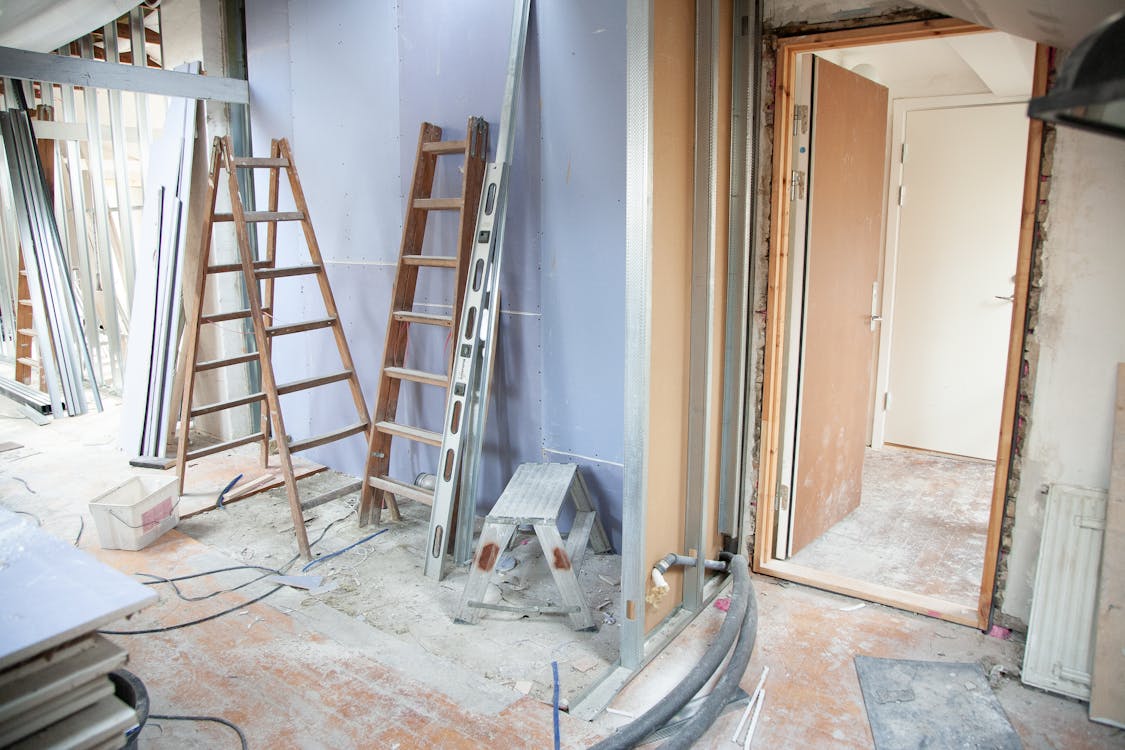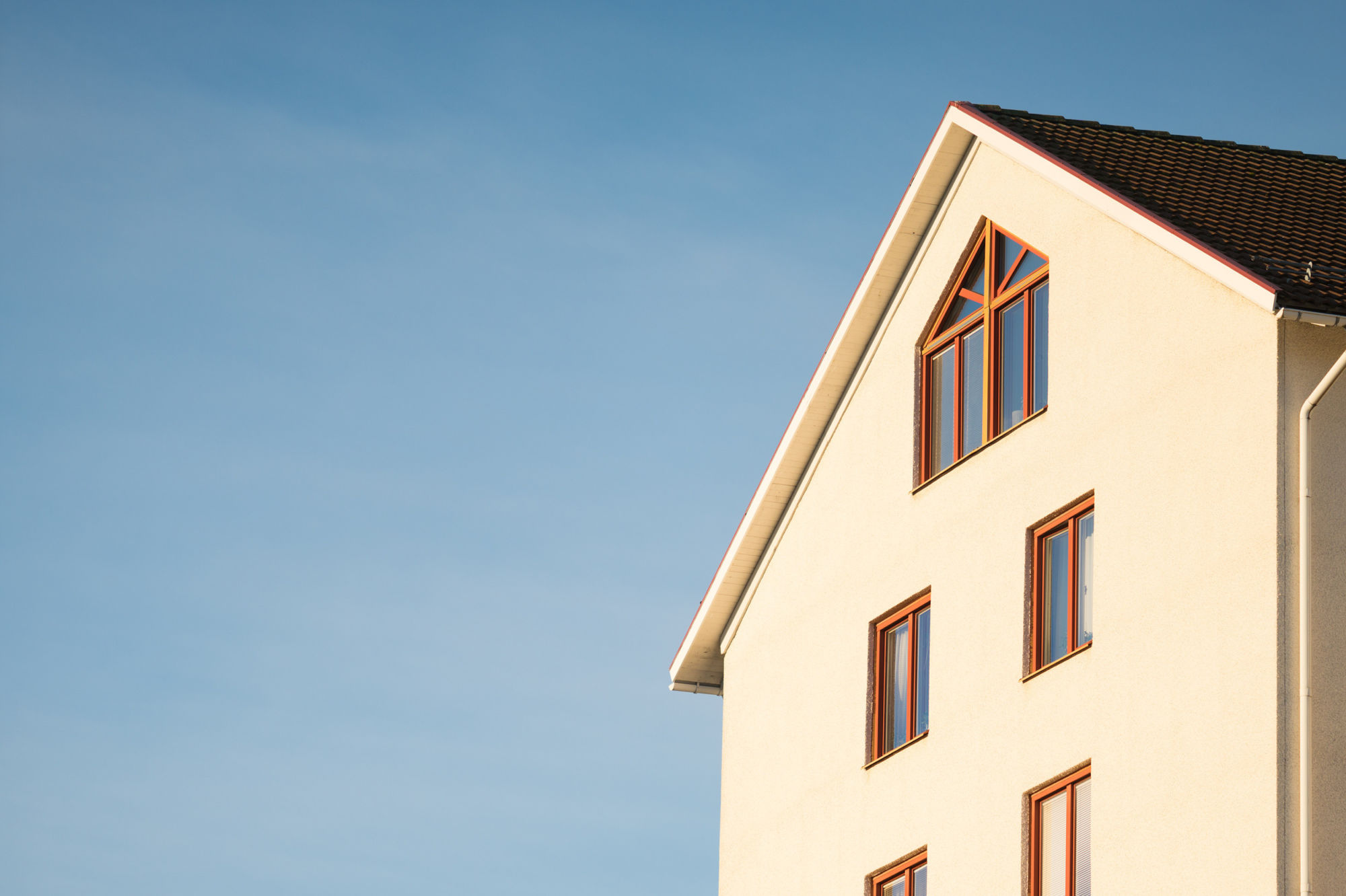Beyond the traditional design-bid-build construction strategy, there is a case to be made for the design-build scheme in the Philippines. With this method, an owner would only need to hire a single firm or entity for both the design and the construction of a project. This setup is considered timely and cost-efficient, especially when coupled with the right contractors.
There’s a lot to consider when it comes to home construction. Choose your assets wisely. Photo courtesy of Lion Aluminum
However, every setup comes with its own set of risks. Trying to decide if your project would benefit from a design-build strategy? Read on to understand both its potential risks and benefits.
Advantages
Cost-efficiency can be incorporated early
The design-build method is often a more budget-friendly route to take, especially for smaller scale projects. Designers can begin planning with cost-efficiency in mind right from the get-go, and unforeseen complications are less likely. Also, with design being in close collaboration with construction, cost management for concerns like construction materials can already be anticipated and costs ideally lowered as the project progresses.
Projects are typically completed on time
Compared to the design-bid-build process, the design-build method yields more expedited timelines for project completion. The design-build model removes the process of bidding for general contractors, which shortens the project’s timeline. Since design and construction are under one firm, phases of the project can overlap and save time. For example, construction materials can be ordered early on even before the design has been finalized. Another advantage is that when it comes to collaboration, the decision-making process is a lot smoother since less stakeholders are involved.
Collaboration and accountability is streamlined
With a design-build model, the owner would only need to liaise with one entity across the entire project. This lessens the likelihood of miscommunication between design and construction planning, and lessens the frequency of change orders. Accountability also falls on a single entity should there be any mishaps within the project, which reduces the risk on the owner’s end.

Expect efficiency in all forms with design-build projects.
Disadvantages
Higher accountability requires more trust
Having only one entity accountable for the whole project has its own share of risks and legal hazards. Design-build contracts place more liability on the contractor, since possible design errors should already be foreseen by the construction end of the firm. Essentially, an owner would be putting all their eggs in one basket. A high level of trust in the firm is required for a design-build strategy to work.
Special projects would need specialists
Smaller builds like residential buildings and small offices are one thing, but larger projects with more complex needs like data centers and healthcare facilities would require specialists. These projects have special requisites—say, the surround sound for a cinema or the piping for a water treatment plant—that not all design-build firms can accommodate. However, if the firm of your choice has the specialists you need on board, then there would be no problem.
Backtracking is difficult for larger projects
Projects of a larger scale like malls would be difficult with a design-build scheme. Separating taxation and accounting between the design and construction expenditures will be hard to keep track of. Larger projects also typically have multiple areas that need special attention in terms of designs, so a general contracting strategy might be more ideal.
Perfection demands adaptation. Most common design-build problems include contractor trust, which you probably won’t have a problem with if you hire a seasoned firm for the job.
The bottom-line is it all comes down to the scale of your project and the amount of collaboration you desire with your contractors. There are many design-build firms who are trying to make a name for themselves in the Philippines. It’s all a matter of choosing the right team worth your trust and funding, and the rest is history.
![]()









